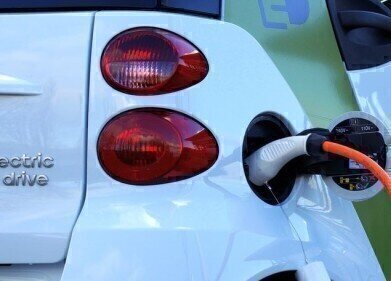Industrial news
What is Peak Finding? Chromatography Basics Explained
Jan 08 2015
Many analysts have been in a situation where the pressure is on. The production manager needs his vessel emptying, scheduling want to use the new raw material today and dispatch need to ship the product out yesterday. You just need to get the chromatography results and everyone will be happy. The numbers look fine — so all systems go. After all — what could possibly go wrong with the analysis?
The quality of the results obtained from chromatography depend on all aspects of the process: sample preparation, separation, detection and data analysis — but it is often very easy to forget about the analysis and assume the numbers are correct as the computer handles it all.
Before computers and automatic data handling the analyst had to understand how peaks are defined and quantified as it was a manual job. Now, even with computers, peak identification and quantification should remain a technique that an analyst understands. The role of computers in chromatography are discussed in How Software Can Aid Decision-Making in Chromatographic Method Development.
Human versus computer
When chromatograms were printed in real time on rolls of paper the analyst used his eyes to determine when a peak started and ended. The brain is an excellent tool for spotting changes in random noise and this means we are good at spotting the start and end points of peaks amongst the noise of the baseline. We find it much harder to compare peak areas from peaks of different shapes tall and thin versus short and broad for example. Now we have data handling systems – how do they find the start and end of peaks?
It is all in the maths — differential calculus
Although humans can see peak quite easily, data systems have to be programmed to see them. Data handling systems from different companies use their own algorithms to detect when a peak starts and ends — and the algorithms rely on simple maths taught in schools, differential calculus or differentiation.
To detect a peak, the algorithms use the first and second derivatives of the original signal. The original signal is simply the detectors output, a voltage signal, plotted against time — the trace we view on the screen. The first derivative is the rate of change or gradient of the original signal, and the second derivative is the rate of change of the first derivative.
Assuming we have a nice flat baseline the the first derivative will be zero, when a peak is plotted the first derivative changes. The start of a peak will be determined by a change in the value of the first derivative, when the first derivative passes through some threshold value. Changes in the second derivative values indicate changes in the peak shape, perhaps a shoulder on a peak. A similar situation is used to detect the end of a peak.
Next time you print off the GC results take a minute to check the chromatogram and the data — do the results match the trace?
Image Source: Bold Peak, Alaska
Events
May 11 2025 Vienna, Austria
May 18 2025 Tempe. AZ, USA
May 21 2025 Birmingham, UK
Jun 01 2025 Baltimore, MD, USA
Jun 15 2025 Bruges, Belgium














